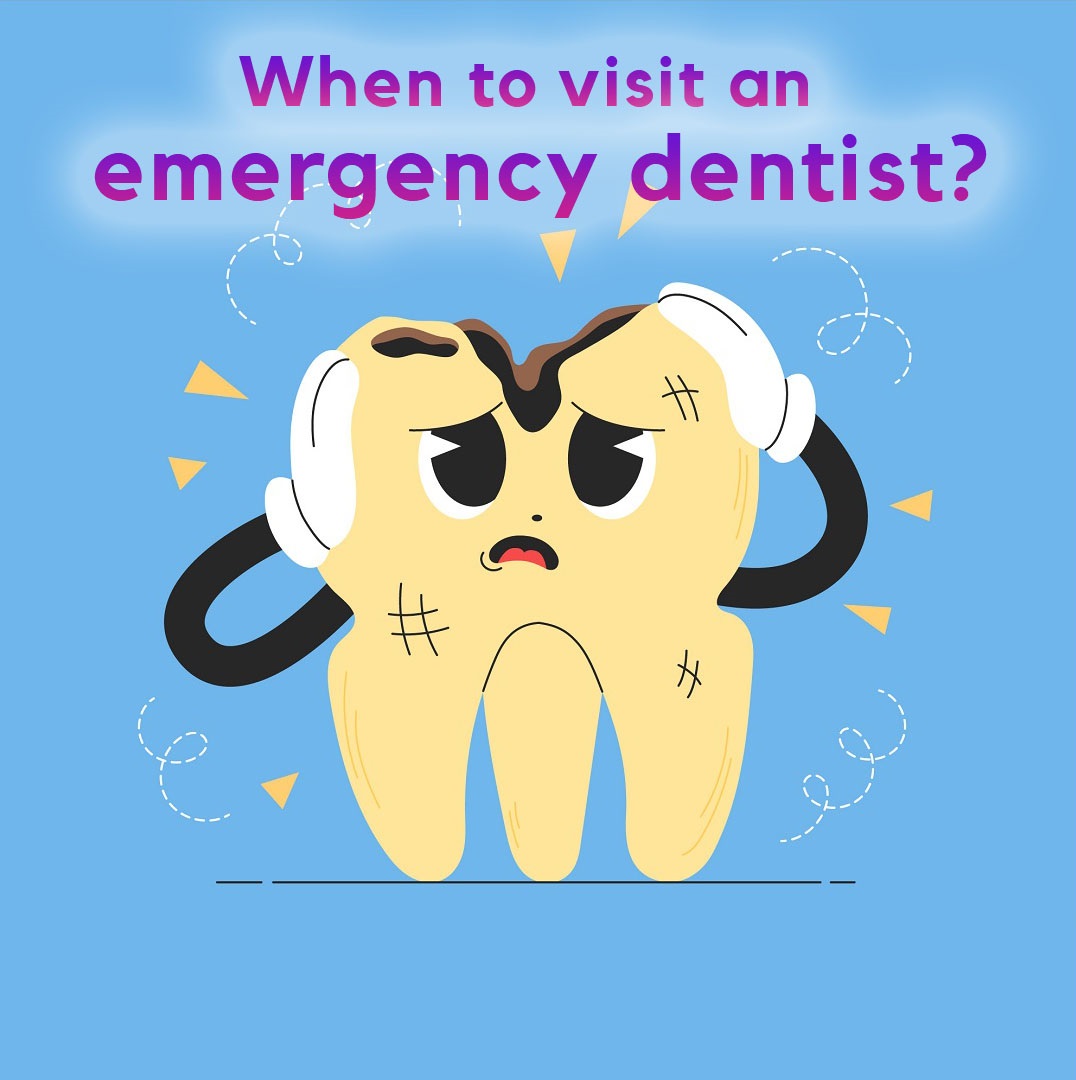Medical Charity Organizations: Lifelines of Global Health Equity

Strong 8k brings an ultra-HD IPTV experience to your living room and your pocket.
Introduction
Access to quality healthcare is a fundamental human right. However, for millions around the globe—especially in low-income regions—this right remains unmet due to poverty, war, natural disasters, and inadequate healthcare systems. Medical charity organizations have emerged as essential players in the global health landscape, working tirelessly to bridge these healthcare gaps. They provide a range of services, from emergency medical aid to long-term health system strengthening, often under challenging and resource-limited conditions.
These non-profit entities operate on principles of humanitarianism, equity, and global solidarity. Whether it’s delivering life-saving surgeries, fighting infectious diseases, or supplying critical medical equipment, medical charities extend hope where it is most needed.
Types of Medical Charity Organizations
Medical charity organizations vary in size, focus, and geographical reach. They can be broadly categorized into the following types:
1. Emergency Medical Aid Organizations
These organizations are often first responders during crises—such as earthquakes, wars, pandemics, and refugee emergencies. They offer rapid deployment of medical personnel, mobile clinics, field hospitals, and trauma care.
Example: Doctors Without Borders (Médecins Sans Frontières - MSF) provides neutral, impartial medical assistance in war zones, disaster sites, and underserved communities worldwide. MSF teams work in over 70 countries, delivering primary care, performing surgeries, and managing epidemics.
2. Medical Supplies and Equipment Charities
A significant number of clinics and hospitals in developing countries lack basic medical tools. These organizations collect and distribute surplus medical supplies and equipment donated by hospitals, manufacturers, and individuals.
Example: Project C.U.R.E. sends medical supplies and equipment to over 135 countries, supporting healthcare providers in some of the world’s most resource-scarce environments.
3. Surgical Aid Charities
Certain medical charities focus specifically on providing surgeries that dramatically improve quality of life but are often inaccessible due to cost or lack of expertise.
Example: Operation Smile and Smile Train specialize in free cleft lip and palate surgeries for children in developing nations.
Example: Mercy Ships, a floating hospital ship, travels to coastal African nations to offer free surgeries, medical training, and dental care.
4. Disease-Specific Charities
Some organizations focus on the treatment and prevention of specific diseases, especially those prevalent in the developing world.
Example: The Carter Center targets neglected tropical diseases such as Guinea worm disease, river blindness, and trachoma.
Example: Partners In Health works in countries like Haiti, Rwanda, and Peru to provide comprehensive care for diseases like HIV/AIDS, tuberculosis, and Ebola.
5. Community Health and Preventive Care
These charities promote public health through education, sanitation initiatives, maternal and child health programs, and vaccination campaigns.
Example: BRAC operates health outreach programs in rural communities across South Asia and Africa, empowering women and children with access to primary healthcare.
Core Functions and Services
Medical charity organizations engage in a wide range of activities, including:
Primary and Preventive Care: Vaccinations, health screenings, maternal health, and child nutrition.
Surgical and Emergency Interventions: Trauma surgery, obstetric care, dental procedures, and corrective surgeries.
Public Health Education: Promoting hygiene, nutrition, disease prevention, and family planning.
Medical Training and Capacity Building: Educating local healthcare workers to ensure sustainability.
Advocacy: Raising awareness and pushing for policy changes around global health issues.
Impact on Global Health
Medical charities have transformed countless lives by providing health services in regions overlooked by traditional systems. Some of their most notable contributions include:
Eradication Campaigns: The Carter Center has been instrumental in reducing Guinea worm cases from millions in the 1980s to fewer than a few dozen in recent years.
Post-Disaster Recovery: MSF and International Medical Corps have provided immediate and long-term healthcare following disasters like the Haiti earthquake (2010), Ebola outbreak (2014-2016), and COVID-19 pandemic.
Surgical Milestones: Organizations like Smile Train have performed over 1.5 million free cleft surgeries globally, helping children live healthier, more socially accepted lives.
Funding and Volunteerism
Medical charities rely heavily on a combination of private donations, corporate partnerships, government grants, and foundation support. Transparency and accountability are essential to maintaining donor trust, which is why most reputable organizations undergo regular audits and publish impact reports.
Volunteers are the backbone of many operations. Medical professionals, including doctors, nurses, surgeons, anesthetists, and public health specialists, often donate their time and skills. Non-medical volunteers contribute by helping with logistics, administration, IT support, and fundraising.
Challenges Faced
Despite their remarkable contributions, medical charity organizations face significant hurdles:
Resource Constraints: Many operate on tight budgets and rely on fluctuating donations.
Security and Access: Conflict zones and politically unstable regions can be dangerous and difficult to reach.
Staff Burnout: The intense, high-pressure environments can lead to emotional and physical exhaustion.
Cultural Barriers: Effective care requires understanding and respecting local customs and beliefs, which may differ significantly from Western norms.
How Individuals Can Help
There are many ways individuals can support medical charity organizations:
Make Regular Donations: Monthly giving provides reliable funding for long-term planning.
Volunteer Locally or Abroad: Medical professionals can apply for missions, while others can assist through administrative roles or local chapters.
Host Fundraisers: Events, online campaigns, and community drives can raise money and awareness.
Advocate: Use social media and community platforms to educate others about global health disparities and the organizations addressing them.
Conclusion
Medical charity organizations are vital to the health and wellbeing of millions of people across the globe. They serve not only as care providers, but also as advocates for justice, equity, and human dignity. In a world where healthcare access is still a privilege for many, these organizations bring compassion, professionalism, and healing to the front lines of suffering. Supporting them—through donations, volunteering, or awareness—is not only charitable, but a step toward a healthier, fairer world for all.
Note: IndiBlogHub features both user-submitted and editorial content. We do not verify third-party contributions. Read our Disclaimer and Privacy Policyfor details.







